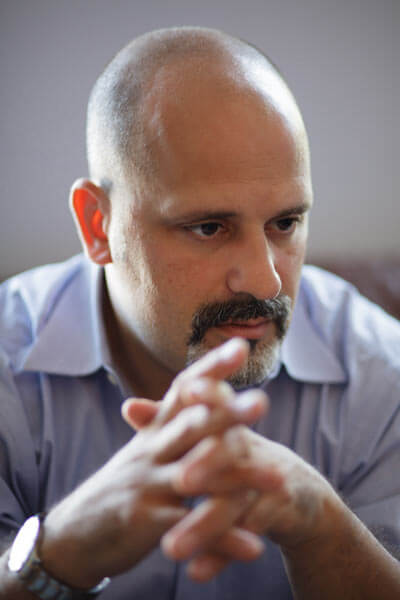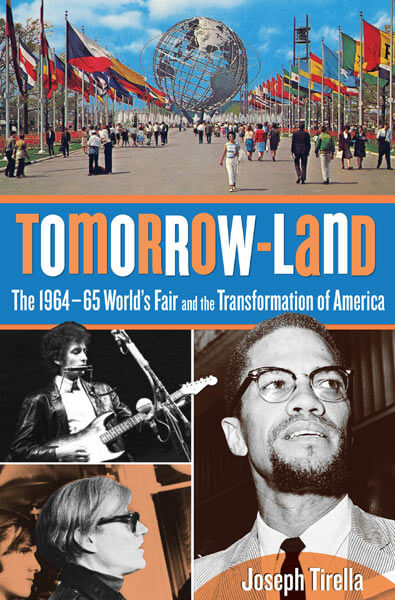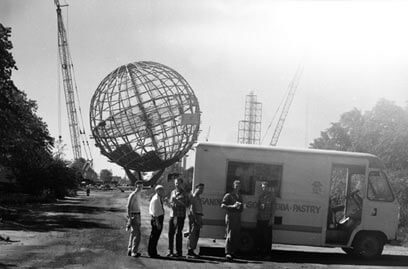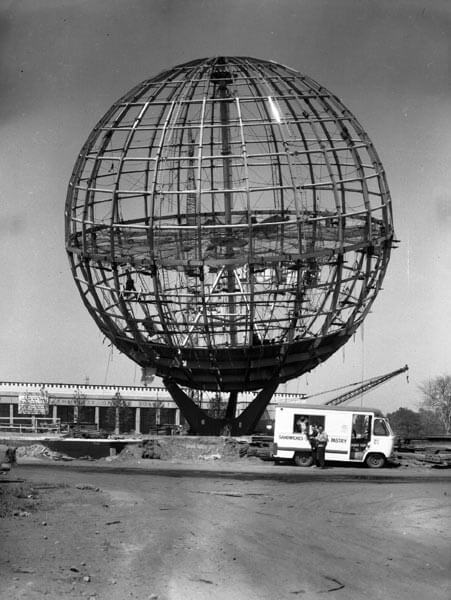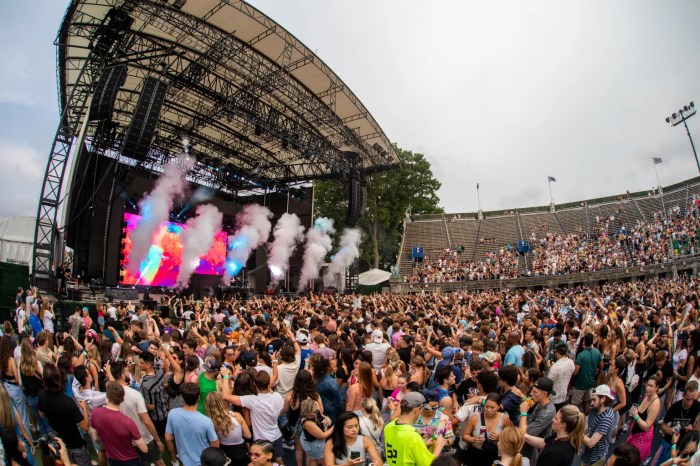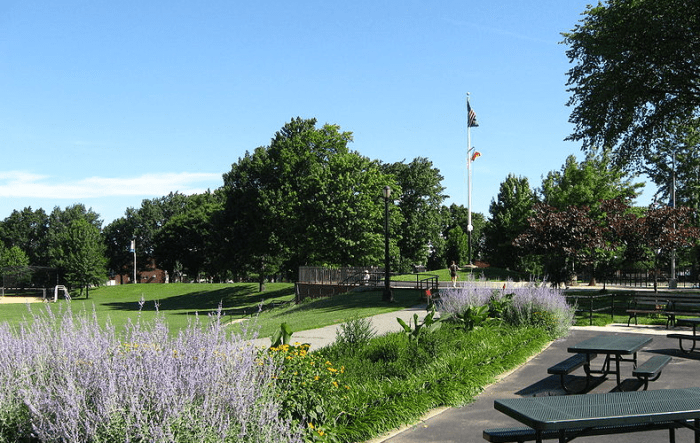By Tammy Scileppi
The world is a lot smaller now than it was in 1964.
If you were lucky enough to visit the thrilling 1964-65 New York World’s Fair, here in Queens at Flushing Meadows Corona Park, then you probably remember what a big deal it really was — like nothing you’ve ever experienced before or since.
Offering a glimpse of promising things to come, futuristic exhibitions revealed the newest innovations in technology.
Through fascinating stories and photos, a Queens author’s debut book brings the fair and the ‘60s to life, taking an insightful, entertaining look back at a complex and colorful era, as the city that never sleeps became the focus of national and international attention, and the Vietnam War and protest era loomed closer.
“Tomorrow-Land: The 1964-65 World’s Fair and the Transformation of America,” Joseph Tirella’s epic narrative — chosen by Barnes & Noble as a February Discover Great New Writers selection — opens with President John Kennedy’s arrival at Flushing Meadows park on Dec. 14, 1962, for a groundbreaking ceremony.
“JFK was a very important figure for the World’s Fair,” said Tirella, associate director of media relations at Lehman College. “He believed in the fair, in its potential as a battleground in the Cold War with the Soviet Union, albeit a peaceful one.”
Few people know that JFK met with Robert Moses during the first weeks of his administration.
When the fair opened five months after Kennedy’s assassination, the nation was just coming out of mourning. “His tragic death hung like a shadow over the fair,” Tirella said.
For some, there was still a collective feeling of optimism left over from the “Camelot” period. There would be unexpected forces to contend with, but for those 55 million or so who enjoyed all the fair had to offer, there was the trippy thrill of Tomorrowland.
Indeed, for a brief, shining moment in time it seemed many folks believed in a brighter tomorrow, even as troubling times lay ahead.
“The World’s Fair coincided with the end of the post-War period in America. Baby boomers, born right after WWII, were coming of age and many of them were refusing to accept their parents’ notions of what America was,” said Tirella.
During a turbulent decade the fair’s goal was to achieve “Peace Through Understanding,” and the Unisphere — the largest representation of the earth man has ever made — still stands as a reminder of the fair’s now-faded glory.
If you’re wondering what Robert Moses, Andy Warhol and Malcolm X have in common and what the controversy was surrounding the fair, you will find out in Tirell’s book.
Chock full of fascinating stories that connect the dots in a big way, it brings together all three players in 1960s New York City.
As fair-goers flocked to Flushing Meadows Park, a local African-American Muslim minister and human rights activist, Malcolm X, who was a key figure in the Black Freedom movement, “had predicted race riots would upend the country in his ‘Ballot or Bullet’ speech the same month the World’s Fair opened and its organizers proclaimed ‘Peace Through Understanding,’” said the author.
“Warhol was commissioned to create a mural for the New York State Pavilion, designed by architect Philip Johnson, but it was removed before the fair opened—the only major artist to be censored.” The edgy pop artist sparked a minor scandal when he chose to enlarge mug shots from a NYPD booklet featuring the 13 most wanted criminals of 1962.
“Robert Moses was a very controversial figure and a polarizing one,” said Tirella. “Elected officials were happy to let him act like a lighting rod and absorb all the criticism, while they stayed out of it. But the biggest controversy was the fact that the country was beginning to come apart – civil rights; race riots; assassinations; the Vietnam War….”
Bob Dylan’s folk song, “The Times They Are A-changin’” foretold an inevitable cultural revolution — student protests, the Beatles, new styles of art.
The book vividly describes how in some ways, the fair represented a pivotal time in New York City and America.
“Here we were in the middle of a Cold War and a space race and facing the possibility of nuclear annihilation [during the Cuban Missile Crisis]. We were exhorting ‘freedom’ around the world, but we were refusing to extend it to 20 million African Americans right here in our own country,” Tirella said.
“It was the beginning of a cultural revolution that upended the nation. And in the middle of this, New York City – a city besieged by crime and racism – holds a World’s Fair dedicated to ‘Peace Through Understanding.’
“All these things made the Fair seem out of touch with its time, which in some ways it was.”
America today—especially Queens—is multicultural and diverse. “That is the true legacy of the 1964-65 World’s Fair; it gave people a glimpse of America’s real multicultural future,” said Tirella.
Growing up in Bayside in the 1970s, the author recalled driving past Flushing Meadows Park on the Grand Central Parkway, in the back seat of his dad’s car and wondering, “’Why were there rocket ships in the park? And it was only a portion of the NASA rocket that went to the moon.’ As a young boy I assumed someone stole the rest of it. Even as a 7-year-old, I knew that you shouldn’t leave your Big Wheel on the street, unattended, and you definitely shouldn’t leave a rocket ship in a park overnight.”

